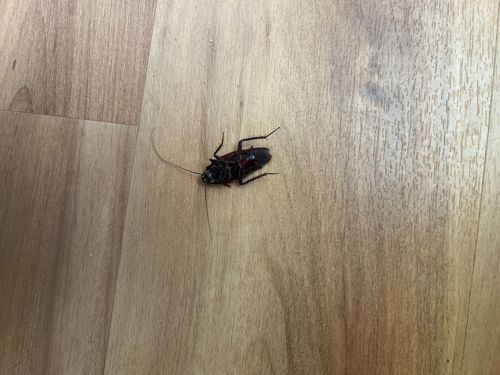American Cockroach
Scientific Name: Periplaneta americana
Order & Family: Blattodea, Blattidae
Size: 1.2 to 2.1 inches (30 to 53 mm) in length, making them one of the largest cockroach species.

Natural Habitat
Warm, humid environments; commonly found in basements, sewers, drains, and steam tunnels. They can also infest homes, restaurants, grocery stores, and other human dwellings.
Diet & Feeding
Omnivorous scavengers. They eat almost anything, including decaying organic matter, starches, sweets, grease, wallpaper paste, books, and even other insects.
Behavior Patterns
Nocturnal, hiding in dark, secluded areas during the day and emerging at night to forage for food. They are fast runners and can fly, especially in warm climates. They are social insects, often found in groups.
Risks & Benefits
Potential risks include spreading pathogens (bacteria, viruses, fungi, protozoa) to humans through contamination of food and surfaces, triggering allergies and asthma attacks, and causing an unpleasant odor in heavily infested areas. They can also cause structural damage to books and other household items. No significant benefits to humans directly, though they play a role in decomposition in natural environments.
Identified on: 9/12/2025